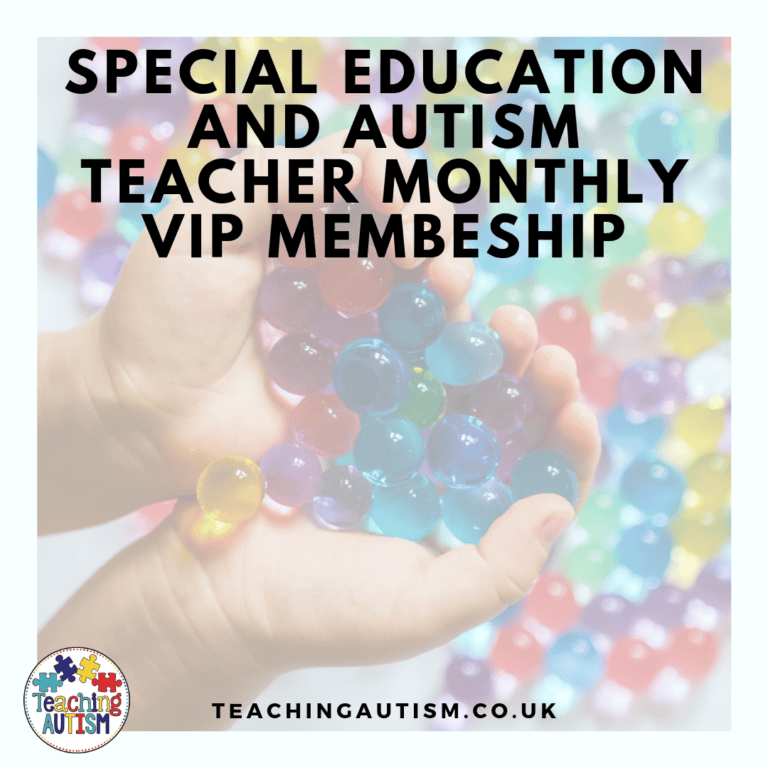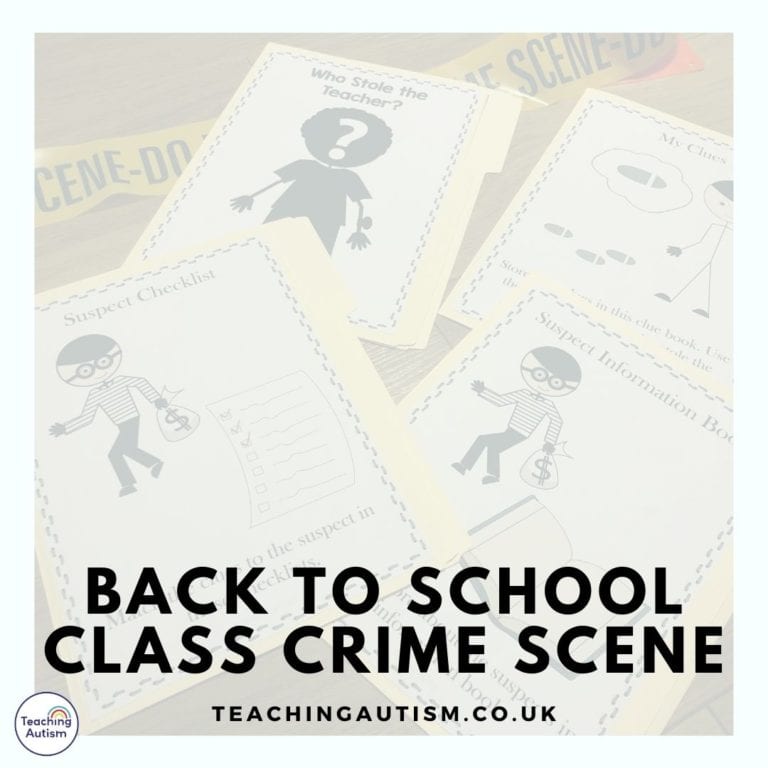Parent and Teacher Communication Tips
I’m so excited to share with you my best parent and teacher communication tips today. Communicating with our students parents and families is an important part of our job. However, what’s the best way for us to communicate? Sometimes finding the time to fill in communication books everyday is hard – especially if you have staff shortages, behaviours at the end of the day or if you get called out of class for any reason.
So, what are some of my most recommended ways for you to communicate with parents? Today I’m sharing some of my best parent and teacher communication tips.
Apps
We live in a world where almost everyone has a smartphone. There are some fantastic apps out there that you can use to communicate with parents. Some of these are; Remind, Brightwheel, Class Dojo, Seesaw and Bloomz. These provide you with a quick and easy way to communicate with your students families. It also provides your students families with an easier way to communicate back with you, and to have instant access to any communication from you.
Cons: There are however some disadvantages if using apps. Although most people have smartphones now – not everyone does. They’ll also require your parents to download the apps, sign up for accounts and check the app. Not all parents are tech savvy, and the process of setting the app up may be daunting for a lot of parents.
Make it positive: You can have set up stations in your classroom at the start of your year for back to school night/meet the teacher night. This way you can help parents/families set up the app on their phones and show them how to use it. You can also make simplified print out guides for your families so they know how to use the app, how to communicate with you and where to look for communication from you.
Social Media
A lot of schools now have Facebook or Twitter pages. You’ll need to get permission from parents/families – but once you have this, photos and updates can be shared on these social media accounts. This way parents can see what you’ve been doing in class, what’s happening soon, reminders etc.
Cons: Some families may not provide permission for their child to be on social media sites. Not everyone is happy with pictures being shared on social media. Especially when pages are public and anyone can see them. This is also a big issue for vulnerable and looked after children. And again – not everyone has access to internet or has social media accounts.
Make it positive: You can still have a school Facebook account that gets updated each week to keep parents and families up to date. This is also a great way to reach out into the local community, especially if you need any help within the school. If parents don’t want photos being shared publicly, you can create a secret group for your school/class and information can go on here.
School Website
We only recently had a school website, and it’s a great way to share information with our students families. Each class has their own section on the website. Weekly photos get put on here, what the class are doing, upcoming events and reminders.
Cons: Some families may not provide permission for their children to be included in photos on a website.Again, not all families have access to internet either and/or not tech savvy enough to access the page and find their child’s class.
Make it positive: Provide your families with a chance to come in for a quick session in your class to show them how to access the website and where they can find photos, events and reminders.
Newsletters
We send home a newsletter each week to our families. Many of our parents opted to have the newsletter emailed to them, while some prefer to have it sent home in their children’s bags. The newsletters are generic and they discuss what we’ve been doing in class, what’s going to take place, what we’re working on, upcoming events and reminders.
Cons: They can be time consuming to make. They’re generic, so not personalised for each child.
Make it positive: Use newsletter templates (like these) to save time on making them. That way you can just add text and photos and they are ready to go. You can save on ink by emailing them to parents instead of printing them out. Send them monthly, rather than weekly if you feel it’s too much/too often.
Communication Book
We love using a communication book where we can communicate quickly and efficiently with families everyday. You can find the one that we use here. Our families love these communication books, and it keeps everything together throughout the year – no more random notes in bags or getting lost.
Cons: Can be time consuming to put together.
Make it positive: They are personalised. The pages come ready set up so that you just need to add short pieces of information to communicate with parents – making it more time effective for you. It allows you the opportunity to look back on previous communication.
Do you have any parent and teacher communication tips to share with us? What works well for you? I love hearing from you!
If you found this post helpful, please consider sharing it with your friends on social media.
Nikki








